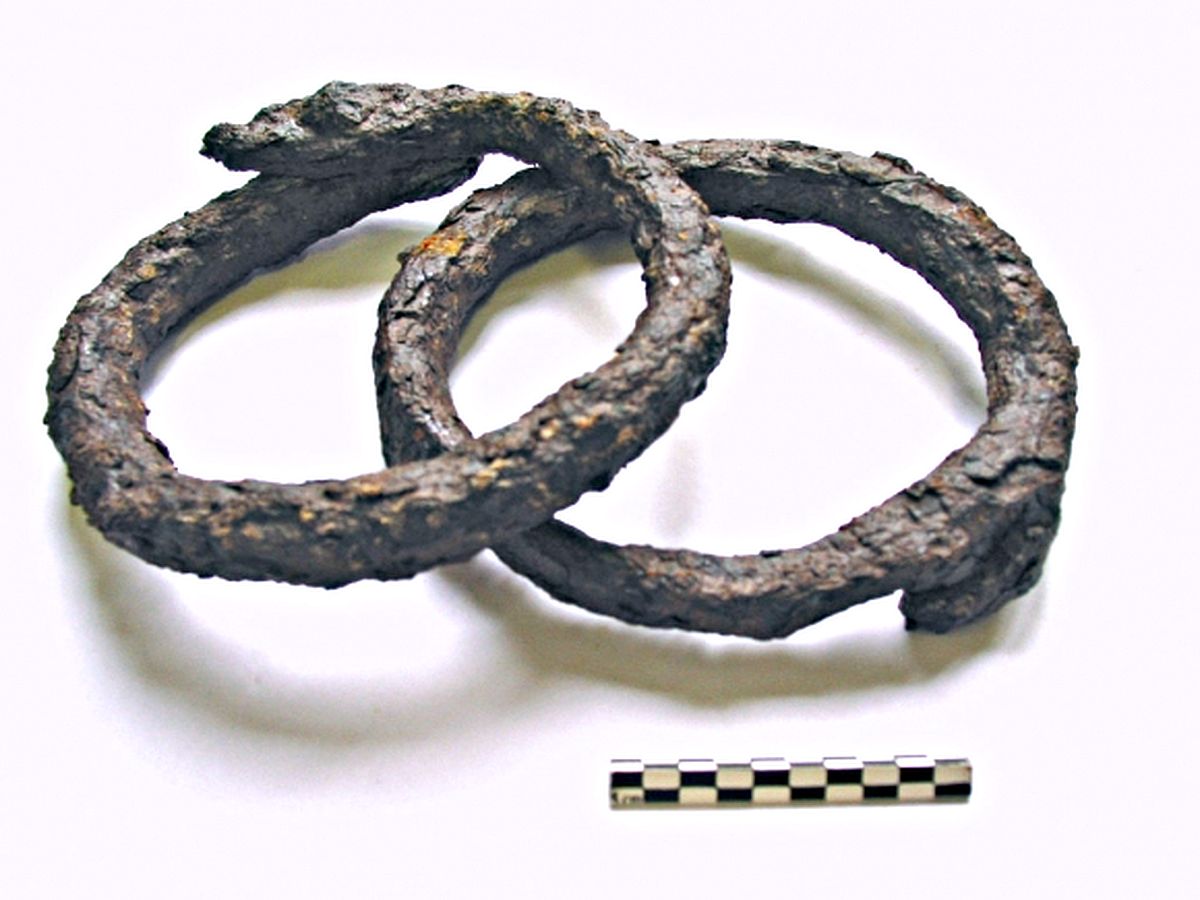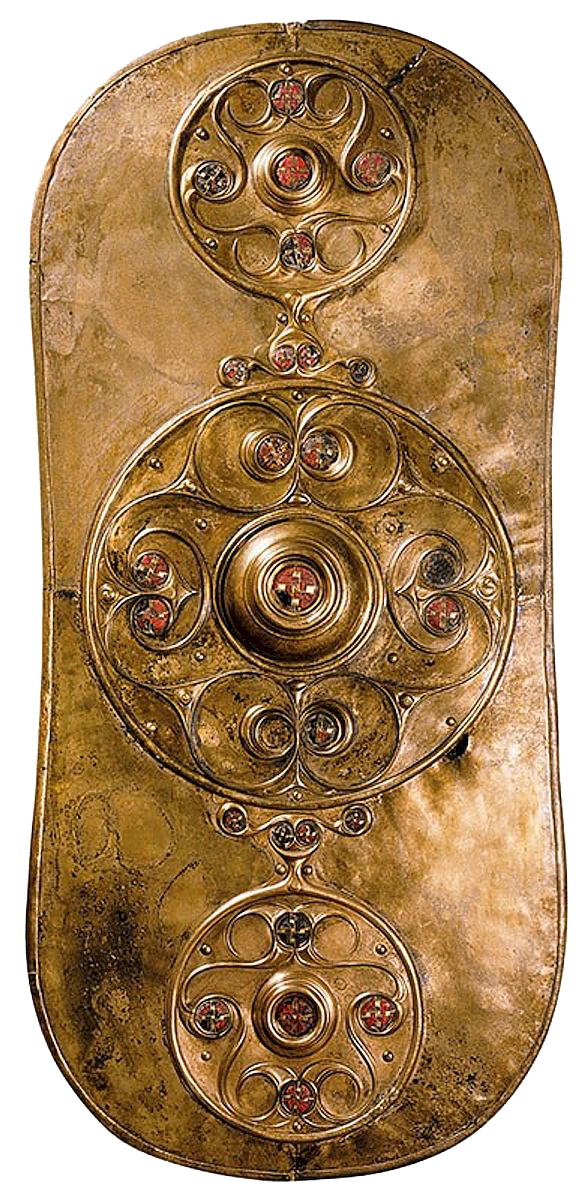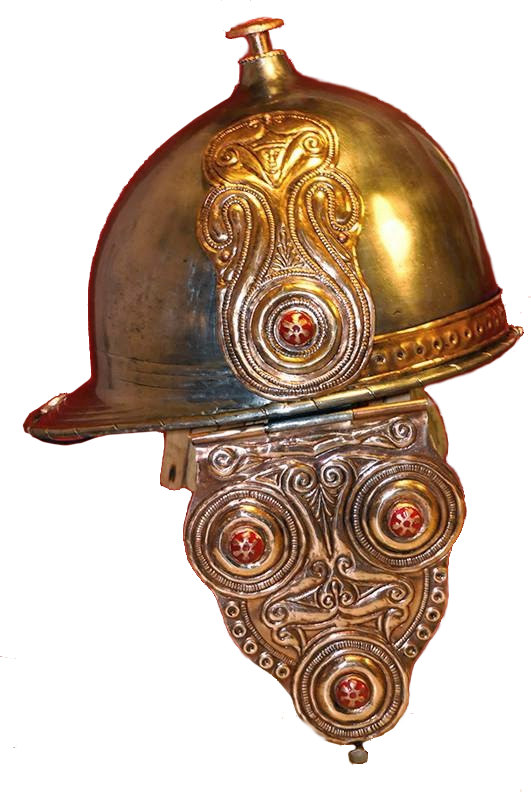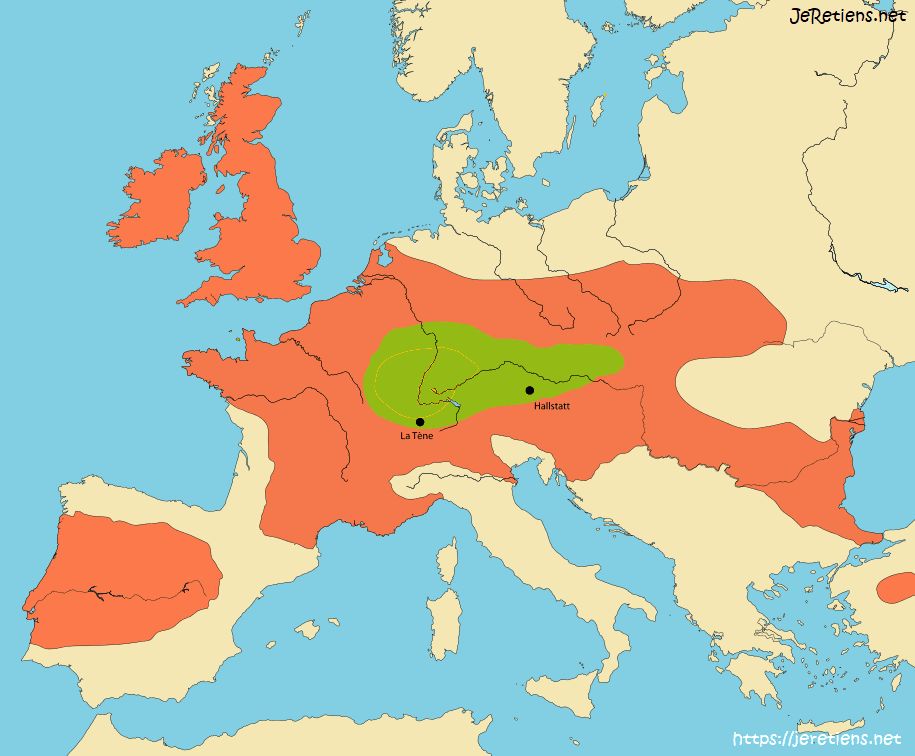Texts -"Le Vallon du Fou
1- A path through the garrigue.
The little path winds in long curves through low, arid, rocky garrigue along an overhang of limestone rock, where rosemary bushes spread their camphorated scent (1).
The sea is not far to the west of the valley, and the Etang de Berre is a little higher to the north.
The kermes oaks have gathered in cohorts of bushes, defended by a multitude of small thorny leaves that sting hikers' legs like bayonets.
Surviving from times long past, the valley still resists the repeated assaults of the petrochemical industries that encircle this mineral fortress.
The cicadas loudly signal that this territory will remain theirs, come what may.
Goliath is warned: as long as she remains here, the plant David will not give in to the invader.
____________________________________________________________________________
(1) : In Latin "Rosmarinus "The dew of the sea", its incense fragrance has earned it the name "d'Encensier in Provençal

At the bend of a long curve, in the oval of a bend in the small limestone hill that rises gently on both sides of the path, an area devoid of vegetation appears.
The earth has been turned over.
What's so special about this remote spot that diggers have come to remove a slice of this peaceful garrigue substrate?
Some of the workers are curiously equipped. They're not wearing the timeless yellow or orange suit bearing the trademark of the earth-moving company that operates the excavator that arrived here after a chaotic journey of a few hundred meters.
The cicadas let her pass, without sounding their death knell with the stubborn clatter of their abdominal cymbals.
They know that these strangers will not disturb her rest and that they will talk about her. Finally.
The workers in plainclothes and pataugas show cutaway shots, wave their arms, crouch down, take some earth in their hands, observe it very closely, rub it gently and isolate parts as dark as coal.
At a sign from the woman who seems to be directing the operation, so visible is her excitement, this motley crew stops and approaches.
A small bone.
Then another.
Satisfaction is written on every face, congratulations are exchanged as each artifact is compared.
These bones are a reward.
And an archaeologist can't do without this fervor.
The more you find, the happier you are.
Like figs.
Then we stop, looking down into the pit.
Not another word.
Some sign themselves, either with a gesture of the cross, or by clasping their hands to their faces.
Resting on her back, there she was.
The burial place of the "Vallon du Fou" sleeper brought out of oblivion on this day in 2004.
But the burial was surprisingly basic.
The layout consists of an oblong pit dug into the clay sediment.
Inside the pit, the body was placed in dorsal decubitus on the ground, with the right arm parallel to the spine, the left arm slightly bent and the left hand resting on the pelvis.
Dating places the burial at the end of the Iron Age.
Although the immediate environment is well equipped with them, no stones or slabs have been placed on top, nor erected on the surface, to mark the location of the grave.
The only thing that was clearly intentional was that the pit fill was particularly rich in charcoal.
No ceramic shards were found in the grave or on the surrounding soil.
No ornaments or offerings accompanied the remains.
However, a characteristic piece of equipment, apparently shapeless due to its corrosion, did emerge from the ground, the equipment to which the "dormeuse du Val" was permanently attached:
Two heavy iron rings encircled her ankles.
They were cruelly present on what was once the body of this thirty- to forty-year-old woman, and could be interpreted as slave restraints.
Slave of Rome.
Fetters were usually removed when slaves were buried.
The shackles on the Vallon du Fou sleeper were intentionally not articulated.
This woman was permanently burdened by a particularly inhuman condition.
So this non-articulated system could appear to be a rudimentary form of restraint, or the one assigned to the condemned.
The Spanish necropolis of Valencia in Spain provides the case of a tomb, dated from the early 1st to the 3rd century AD, where the body with a heavy iron ring on the left tibia was interpreted by the excavator as that of a condemned man, buried in the area reserved for the marginalized and destitute (tomb 3261: Garcia Prosper, Guérin 2002, 212, fig. 6).
The very typology of the shackle induces a specific use of the chained slave, depending on his sex and the environment in which he must evolve, open or closed.
Ankle restraints, known as "compeswas placed "on the feet of prisoners and slaves, either to punish them or to prevent them from escaping, without however preventing all their movements" (Saglio 1908, 1428) .
It was intended to limit movement while allowing work to be done. Permanent suffering.
Finally, the two rings attached to the ankles could be linked by chains or ropes to a third ring attached to the belt or directly to it from the ankles. This constraint could be accentuated by increasing the weight of the shackle, presumably depending on the work involved.
What had she done to be subjected to this cruel death by exhaustion, this permanent physical and moral constraint?
Who was there to think of her at this time?
Perhaps the author of the simple, moving ritual cremation found at her side.
2- Slavery is a deprivation of freedom.
What kind of freedom?
To be free to decide for oneself.
Everyone wants that, of course.
Even at the cost of a slight departure from this fundamental vow: to decide for a few others as well: one's family, one's clan, one's subordinates..
And deprive them of their autonomy in the matter.
Without paraphrasing John Stuart Mill, individual freedom should be limited to respect that of others.
This collectivist definition developed in the 18th century synthesizes the much older idea of the division of the notion of freedom according to the interests it faces.
Individual or collective.
All right, let's admit it.
Freedom is not acquired, either by birth or by intellect.
To be free, you need to be able to decide for yourself, but also to impose this freedom on others, while protecting yourself from their challenges.
The means to achieve this depend on the power you wield or the social position you occupy.
By ensuring that you have the necessary means of coercion at your disposal.
The concept of freedom can be a dangerous one.
How many tyrants have claimed to liberate a people at the cost of their own blood?
Even if they were inspired by egalitarian ideals, such as Antoine Quentin Fouquier de Tinville, known as "Fouquier Tinville", who wrote at the time of his execution:
"I have nothing to reproach myself for: I have always complied with the laws, I have never been the creature of Robespierre or Saint-Just; on the contrary, I have been on the verge of arrest four times.
I die for my country and without reproach".
A worthy servant of the young republican nation, proud to have served the ideals of his "cherished liberty".
And yet, after his death, he was nicknamed "the purveyor of the guillotine".
Public accuser of the Revolution during the Terror, he called for the execution of Marie-Antoinette, Danton and Robespierre.
He sentenced over two thousand defendants to the guillotine..
Judged by the Revolutionary Tribunal as one of those most responsible for the exactions and injustices that marked the period of the Terror, in the longest trial of the French Revolution, he still pleads in his defense:
"It's not me who should be brought here, but the leaders whose orders I carried out.
I only acted by virtue of the laws passed by a Convention vested with all powers".
Being "invested with all powers".
A priori, the ideal way to limit individual freedoms, sometimes to annihilate them, in favor of public necessity, decided by an elite, well or badly inspired.
However, tyrannies of freedom are not regimes that promote slavery more than others.
According to John Locke (17th century English philosopher) "Tyranny is the exercise of power beyond the law. (...) Where the law ends, tyranny begins" (Essay on Civil Government).
But the first Greek "tyrants" (between 750 and 500 BC) were considered wise and moderate, taking power to prevent the undivided domination of oligarchies. Over time, tyrants developed a taste for seizing power, even without oligarchs to oust.
Combined with the desire for rigor during periods of major conflict, this led elites to reject democracy as weak and disorderly.
For Plato, "the excessive desire for freedom at the expense of everything else is what undermines democracy and leads to the demand for tyranny" (299 BC).
And for Aristotle (384-322 B.C.), the best forms of government are monarchy, aristocracy and constitutional republic, but when corrupted, they degenerate into tyranny, oligarchy and... democracy.
Solon (c. 640 to c. 560 BC) created the division of Athenians into four distinct classes, forming the basis of all political rights.
His successor, Dracon, introduced a new category of lawsuit in which any citizen could take legal action.
However, despite this "creative explosion" in the freedom-loving Greek political world...the abolition of slavery was not on the agenda.
When the freedom of citizens returned to the forefront of the concerns of the constituents of the French Revolution, what became of slaves?
The French Revolution, a spur to human equality, did not immediately take a stand in favor of abolishing slavery.
The Constituent Assembly, influenced by the colonial lobby, maintained slavery in the colonies in 1791.
Then, in 1792, the Legislative Assembly granted rights to free men of color.
Despite the revolts raised by the maintenance of the slave trade and slavery, the Convention paid little attention to the colonies.
Finally, a decree of 16 Pluviôse Year II (February 4, 1794) abolished slavery in all the colonies, conferring the status of French citizen on all men domiciled in the colony, regardless of color, and affirming that they would enjoy the rights guaranteed by the Constitution.
But this great step towards the disappearance of slavery was undone by Napoleon Bonaparte, who re-established slavery with a decree-law dated May 20, 1802, restoring the system in force before the French Revolution..
For a democrat, republican or heir to the "Enlightenment", claiming the freedom of the people does not necessarily put an end to slavery.
Since the Greek Age of Pericles, a nation's citizens can be declared "free and equal before the law", but this does not apply to slaves.
If slavery is authorized or even protected by a State, the slave ultimately belongs to a landowner or an economic player who supports the regime in place.
The slave is not placed directly under the authority of the state. He is outside its prison system.
A convict deprived of liberty by imprisonment has rights, a slave does not.
This is the crux of this cruel and, in the first sense, inhumane issue.
A slave is a productive economic unit belonging to another man.
A tool is not a subject.
For a slave to have rights, he must first become a citizen.
The equal of his former masters.
This step implies a political and legal transformation for the nation.
If it really exists.
The American Civil War is the most difficult illustration of this.
The American prison system still bears the scars.
In 2018, prison labor inflamed the debates of jurists and politicians across the Atlantic (2).
US President Abraham Lincoln issued the Emancipation Proclamation on January 1, 1863.
"All persons held as slaves in the rogue states are and shall henceforth be free".
However, 159 years later, there was still an exception.
Slavery was still legal as punishment for a crime for convicted prisoners.
Indeed, the 13th Amendment to the U.S. Constitution abolished slavery, with one exception; when it existed "as a punishment for a crime for which the party shall have been duly convicted"...
In the US mid-term elections, five states voted in favor of eliminating forced prison labor.
Voters in Alabama, Oregon, Tennessee and Vermont decided on November 8, 2018 to remove exemptions allowing slavery or involuntary servitude from state constitutions in order to ban slavery altogether.
According to some experts, the result would have enabled prisoners to sue states for forced labor under the criminal justice system.
A fifth state has therefore decided to maintain the legality of forced labor in prison: Louisiana.
Why is this?
Prison labor is a multi-billion dollar industry in the United States.
In 2018, 800,000 prisoners were working in the US for pennies, or even... nothing.
A BBC / Washington article revealed that seven states paid working prisoners almost no wages for much of their labor, and that they could be punished if they refused to work.
Slavery is a form of enslavement that involves more than just the deprivation of freedom.
If we consider the sexual slavery of women and the acceptance of imported products linked to child slavery as an extension of this dehumanizing problem, the interminable debates of the French Constituante are far from over... Europe is no better off.
But the irons on the ankles of the Vallon du Fou sleeper are the apparent signs of the paroxysm of the voluntary erasure of the being, despised even in death by his master.
But had this annihilated his will to resist?
Lying on the bottom of the cavity, she sleeps forever.
Watched over by the cicadas who do their utmost to make this place as anonymous as possible.
She is free.
At five, I don't have ankle irons... so, while I'm at it, I'll have another fig, the one that's watching me in the neighbor's tree, hoping for my clemency.
Leaning against the trunk, sitting astride a branch that doesn't bend under featherweights.
I'm free; without a god, since I don't know what that is, nor a master, since I'm subject only to the benevolent authority of my parents.
A fig tree anarchist who does as he pleases, without concern for others or the obscure collective interest.
John Stuart Mill be damned.
In reality, I'm still unaware that this carefree attitude is possible because it's part of the regulated sharing of freedoms, where it's accepted that childhood exempts one from punishment to the point of excusing one's fault (I abuse this a little, it's true).
Not so free, then..
Disturbing the humanist collectivism born of revolutionary turmoil, the discovery of the tomb of the Vallon sleeper revives dark times, filled with the clash of clashing iron masses, screams and endless hours when pity is out of the question
Times when this young woman's hair fluttered higher than the invader's banner, taunting the might of an empire.
Perched on a mound, facing the legions of the "Roma Invicta" lined up in a clearing studded with frost crystals in this early winter.
There she was.
To be continued...
3. The lioness's claws.
On the fringe:
The mystical art of curves Celts, right down to their weapons. Barbarians?
"Barbarian:
-According to some, this name comes from the Greek "Barbaroi all those who don't speak the Greek language, whose lifestyle is considered primitive and who, for the Greeks, are identified by the onomatopoeia "bor bor bor or "bar bar bar ("bla bla bla" as it were).
The term borborygmefrom the ancient Greek "βορβορυγμός" (borborugmos).
- According to others, the name "Berber" derives from a term in the language of the ancient Libyans meaning "Stranger". This name "Barbaroi was adopted by the Greeks, with a similar connotation of "foreigner".
Surprisingly, let's not forget that barbarian, or "Berber" in the Amazigh language (common to Berbers of different origins), means "free man"... And that the pharaohs of Egypt's XXII and XXIII dynasties were "Lebou" (from ancient Libya). (from ancient Libya), the direct ancestors of the Berbers, with tattooed white skin and pale eyes. Represented graphically by the brown-skinned Egyptians, who were the dominant ethnic group between East and West.
An audio extract for a future video illustration of the scenario.
The audio is here: "Crafangau y llew" "The Lioness's Claws in Welsh and "Sguath nan leòmhann" in Scottish Gaelic in Scottish Gaelic (Phil :-) Musebox - bagpipes from Eendee (Morava, Czech Republic).
Among the Celtic warlords who resisted Rome, who can name a woman?
And in this field, the queen of the Iceni, Boadiceaunjustly overlooked here, is a mythical heroine heroine.
The shadow of our national Arverne, Vincergetorix (not so clear-cut after all - see "L'odyssée - une aventure à terminer") is such that it obscures this war leader with her ample red hair. A little light:
The text on the Queen of the Iceni is here : click here
The barbarians "foreigners" for the West, which was now the master of the Mediterranean, and "free men" for Atlas Africa and Egypt, which were.
The Romans took up this term and applied it to populations outside the Roman Empire. Synonymous with "foreigners", it took on the meaning of "uncivilized", thus taking on a clearly pejorative value.
Celtic inventiveness and artistry had nothing to envy the Roman world. Even if the Celtic oral cultural tradition was quickly supplanted by the genius of Latin, heir to the mathematics and philosophy of the Greeks through the transcription of their centuries-old knowledge.
The "Gauls" are Celts, just like everyone else. In ancient Greek "Γαλάται" (Galátai) and in Latin the "Galli were the protohistoric peoples inhabiting Gaul, as defined arbitrarily by Julius Caesar as part of the narrative of his military conquests.
Turning your enemy into a savage, uncultured barbarian" is an excuse, not to say a historical lie, that makes it much easier for those who supported the of the Roman invasion. These otherwise refined and cultured invaders have left us this paradoxical legacy for centuries to come.
Blood and feathers.

Found in the Thames in 1857 - copper shield - 350 to 50 B.C.
This craftsmanship reflects the cultural complexity of the Breton tribes.
British Museum, London
Photo Werner Forman, Gtres

Celto-Italian necropolis of Monte Tamburino






